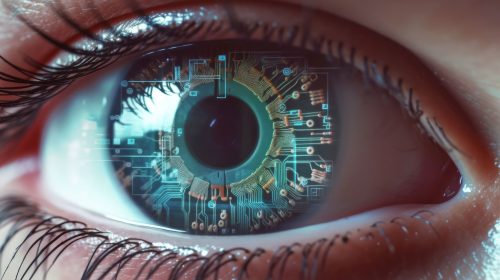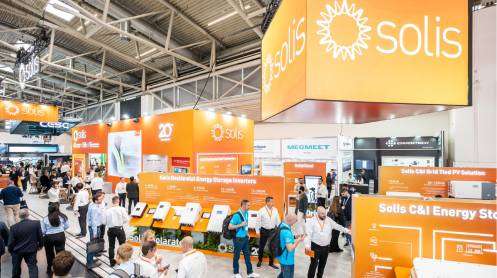Engineers plan solar panel implant for human retina to retain eyesight Researchers at the University of New South Wales (UNSW) in Australia are working on a new prototype device that can be implanted on the eye’s retina to restore sight. The device uses solar panels like those used to convert sunlight into electricity, a university press release said.
While a prosthesis replaces a missing or non-functional part of the body, neuroprosthesis is a relatively new field where the prosthetic device interacts with the neural system to restore lost functionality.
Cochlear implants are a very good example of neuroprosthesis. In individuals with severe hearing loss, the implant converts sound into electric signals that are then used to stimulate the auditory nerve, restoring hearing.
A similar approach could also be used for vision loss. “People with certain diseases like retinitis pigmentosa and age-related macular degeneration slowly lose their eyesight as photoreceptors at the centre of the eye degenerate,” said Udo Roemer, an engineer with expertise in photovoltaics at UNSW. Photoreceptors are cells eye that detect light and color in the eye.
Treating vision loss with solar panels
Researchers use the same principle to treat vision loss with a neuroprosthesis. Since the photoreceptors are damaged, the prosthesis must bypass them and convert light entering the eye into electric signals. These can then be directed to the optic nerve, enabling vision.
Instead of building new photoreceptor cells, researchers have experimented with electrodes that create a voltage pulse. While this works in principle, the system requires wires to go into the eye, making it a complicated procedure.
Roemer is part of a multidisciplinary team of researchers that includes engineers, neuroscientists, and biotech experts working on achieving this with the help of solar panels. The idea involves using a tiny solar panel attached to the eyeball and converting incoming light into an electrical impulse sent to the brain.
A wireless solution
The major advantage of using solar panels instead of electrodes is that the device can be self-powered and does not require any wires to be attached to the eye. This isn’t the first time the idea has been experimented on, but Roemer has taken a slightly different route toward achieving it.
While solar panels are typically made of abundantly available silicon, Roemer has turned to alternate semiconductor materials such as gallium arsenide and gallium indium phosphide to develop his solar panels. Although more expensive than silicon, these materials are easier to work with, and their properties can be quickly modified to suit the application.
“If you imagine photoreceptors being pixels, then we really need three solar cells to create enough voltage to send to the brain,” Roemer explained in the press release. “So we’re looking at how we can stack them, one on top of the other, to achieve this.” Gallium is much easier to stack than silicon, so the researchers preferred it.
Although the work is still proof-of-concept, the researchers have successfully stacked two solar cells covering one square centimeter. Further, the team wants to turn them into tiny pixels that will enable sight and etch grooves to separate them. This will be followed by increasing the stack size to the three cells.
To be ready for human implantation, the device must cover an area of two square millimeters, with each pixel measuring 50 micrometers. Even then, the cells might suffice alone. Roemer added in the press release that users might wear special glasses or goggles that amplify sunlight to an intensity that can stimulate neurons in the eye.








